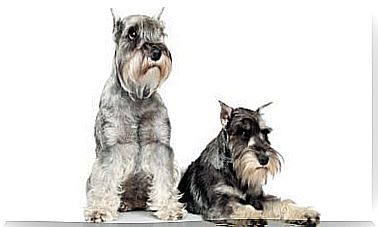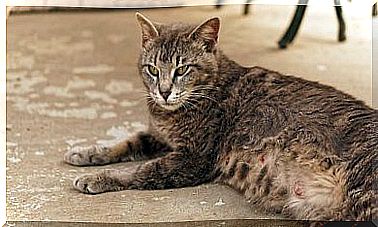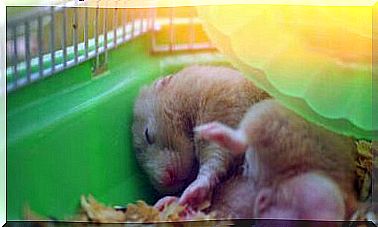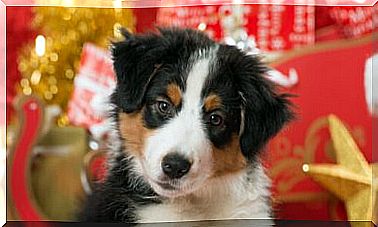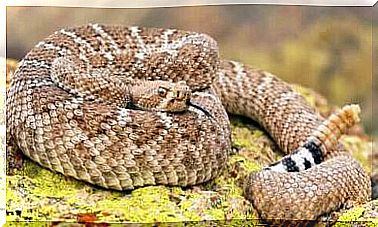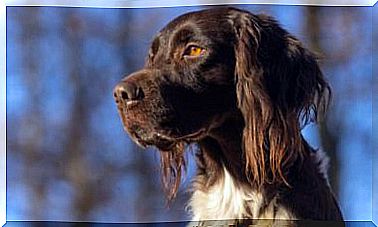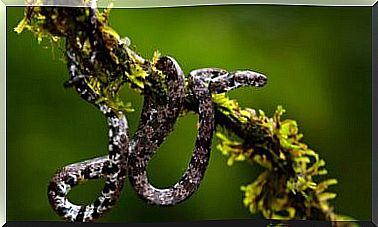Thai Ridgeback: A Crested Dog

The Thai ridgeback, or Thai crested dog is a breed little known outside its country (Thailand), except for admirers of this type of dog. We present to you one of the breeds with an unusual physical characteristic that makes it unique.
Thai Ridgeback History
This breed is native to Eastern Thailand and currently most of its specimens still live there. There are no documents that tell us when the Thai ridgeback first appeared, although similar dogs can be traced back to three centuries ago.
The Thai ridgeback was bred naturally: that is, no breeding was made for the purpose of generating a certain physical appearance or enhancing your personality. Due to the isolation of East Thailand from the rest of the country and also from the mainland, these dogs evolved without mixing their genes with other breeds.
This breed of dog did not have a specific job to perform: on the contrary, it performs small functions, but is not specialized in any of them. For starters, he is a hunter of small animals, such as rats and snakes, that can threaten the home. He is also a guard dog and of course a great companion.
Thai Ridgeback Features
The Thai ridgeback is a short-haired dog, medium in size and a little longer than tall. The characteristic that gives the breed its name, and that makes it a special dog, is that the vertebral column, in the hind quarters, protrudes to form a crest.
As for its head, the Thai ridgeback has a flat skull and the muzzle is elongated and wedge-shaped. Wrinkles appear on the forehead when relaxed, the ears are erect above the head. They usually have a mottled tongue that can turn completely black or blue.
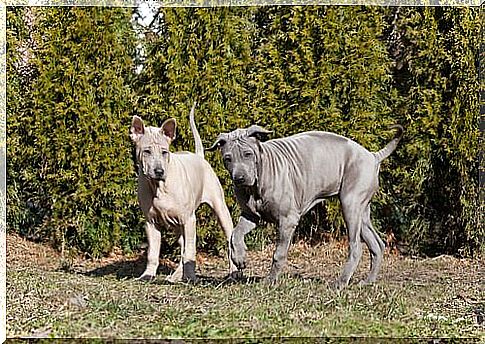
It is a lean but muscular dog, with a well-defined curve of the belly and a deep chest. The neck is strong and it can also wrinkle when the head is up. The tail is straight and slender, high set and shaped like a whip.
They can only be one color: red, black, bluish gray or beige. Hairs that grow over the crest should grow in the opposite direction from the rest of the coat, to accentuate the area well.
Thai ridgeback behavior
The Thai ridgeback is a versatile dog that has a great adaptability. He is a dog who worked as a guardian, so he is very close to his family and distrusts strangers, until he realizes they are welcome.
However, it is a primitive dog breed, so it tends to be stubborn and headstrong. They are also energetic animals who like to play with other dogs, but three quality walks a day is usually enough to cover their needs.
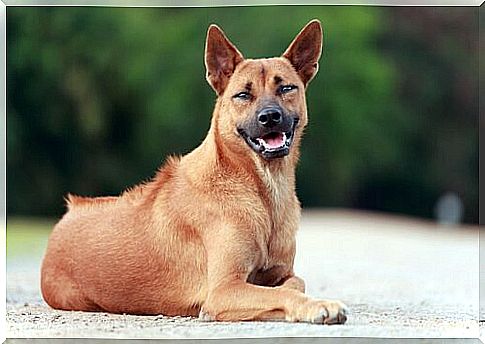
Due to its primitive character, traditional training or the use of punishments does not work with this breed of dog. On the other hand, a positive education or training, which seeks the dog’s collaboration, and which disguises the orders with play, will be very successful.
Thai ridgeback care
Unlike other crested dog breeds such as the Rhodesian, the Thai Ridgeback has no inherited diseases. However, the unusual shape of your spine can lead you to develop hip dysplasia.
In any case, it is necessary to make regular visits to a trusted veterinarian, who will establish the preventive treatments he considers necessary. Likewise, you must keep the vaccination and deworming schedule up to date.
Thanks to its short fur, coat care is limited to frequent brushing during changing times to help get rid of drooping hair. Due to their loose skin that forms wrinkles, some specimens can develop irritation and other discomforts, so it is necessary to make frequent external checks to discover these problems as they arise.
The Thai ridgeback is a dog with a special feature that it shares with few breeds: the crest on the hindquarters. Its short fur, but with well defined colors, helps this dog to have a unique look and appearance.
